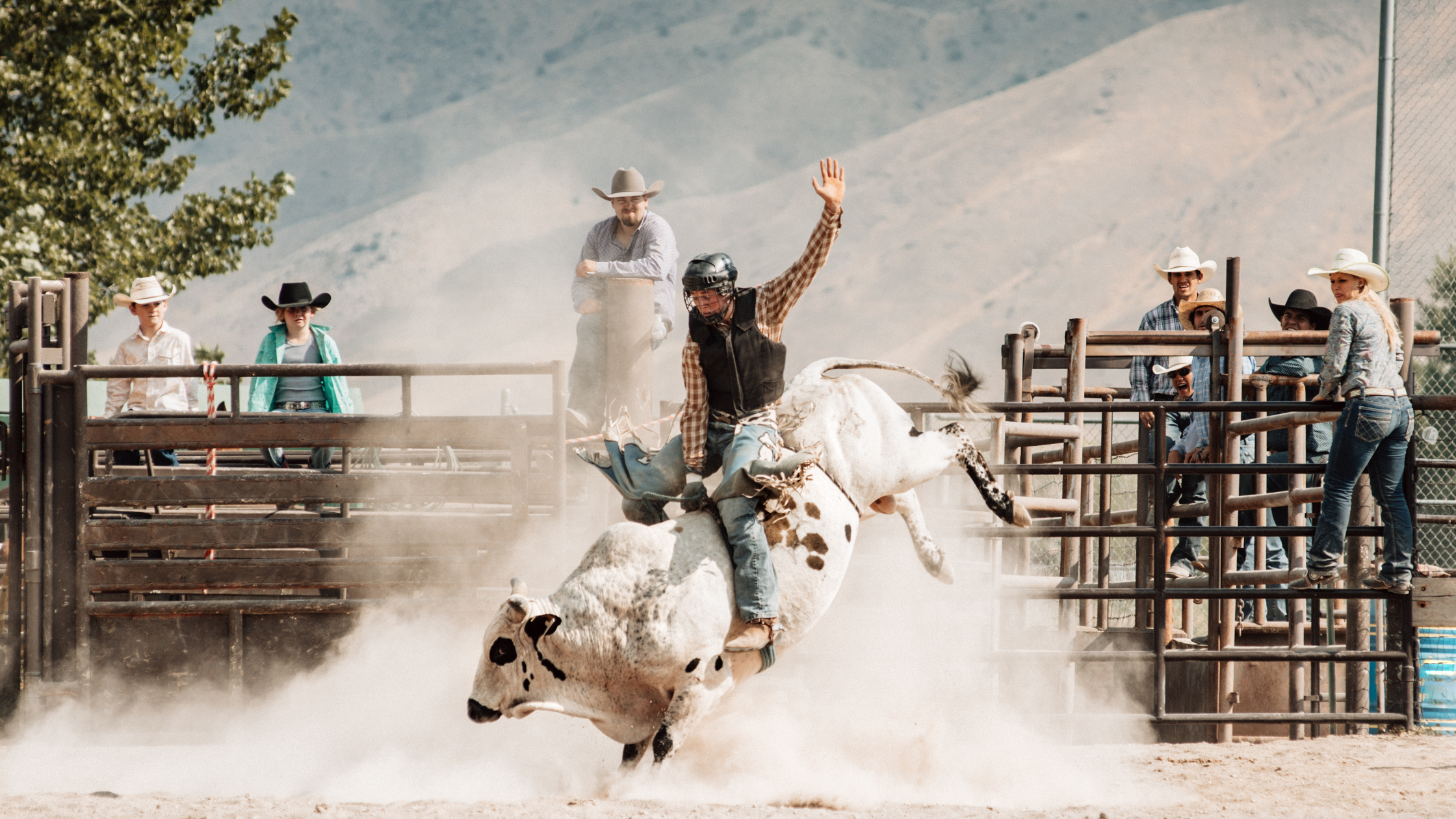
The Mythical Link between Black Cats and Prostitution: Unraveling the Historical Superstitions
Throughout history, black cats have been shrouded in mystery and superstition, often unfairly associated with witches, the occult, and even prostitution. This peculiar connection between feline companions and the world's oldest profession has intrigued scholars and artists alike, weaving its way into various works of art and literature.
One of the most iconic depictions of this association can be found in Édouard Manet's famous painting, "Olympia." Painted in 1863, "Olympia" caused quite a scandal upon its debut due to its provocative subject matter—a reclining nude woman, surrounded by symbols of wealth and sensuality. However, it's the presence of a sleek black cat nestled at the foot of the bed that adds an extra layer of intrigue to the composition.
In "Olympia," the black cat is not merely a decorative element but serves as a subtle nod to the woman's profession. Black cats have long been associated with witchcraft and the supernatural, often depicted as familiars of witches in folklore. By including a black cat in the scene, Manet may have been drawing on this superstition to further emphasize the taboo nature of the subject matter.
But Manet's painting is not the only work of art to explore the connection between black cats and prostitution. In literature, too, these feline creatures have made their mark. Edgar Allan Poe's famous poem, "The Black Cat," tells the chilling tale of a man driven to madness by the spectral presence of a black cat—a presence that ultimately leads him to commit unspeakable acts of violence. While the poem does not directly address prostitution, its themes of darkness, guilt, and the supernatural echo the sinister associations often attributed to black cats in popular culture.
Similarly, in Charles Baudelaire's groundbreaking collection of poetry, "Les Fleurs du mal" (The Flowers of Evil), the black cat appears as a symbol of temptation and vice. In poems such as "The Cat" and "The Death of Lovers," Baudelaire evokes the image of the black cat as a seductive and enigmatic creature, luring unsuspecting souls into the depths of depravity.
Despite these literary and artistic representations, it's important to recognize that the association between black cats and prostitution is based more on myth and prejudice than any inherent qualities of the animals themselves. Throughout history, black cats have been unfairly maligned as symbols of evil and misfortune, perpetuating harmful stereotypes that have persisted to this day.
In reality, black cats are no different from their colorful counterparts—they are loyal, affectionate companions deserving of love and respect. By unraveling the historical superstitions surrounding black cats and prostitution, we can challenge outdated beliefs and celebrate these majestic creatures for the true treasures they are.




